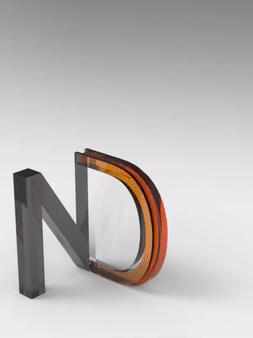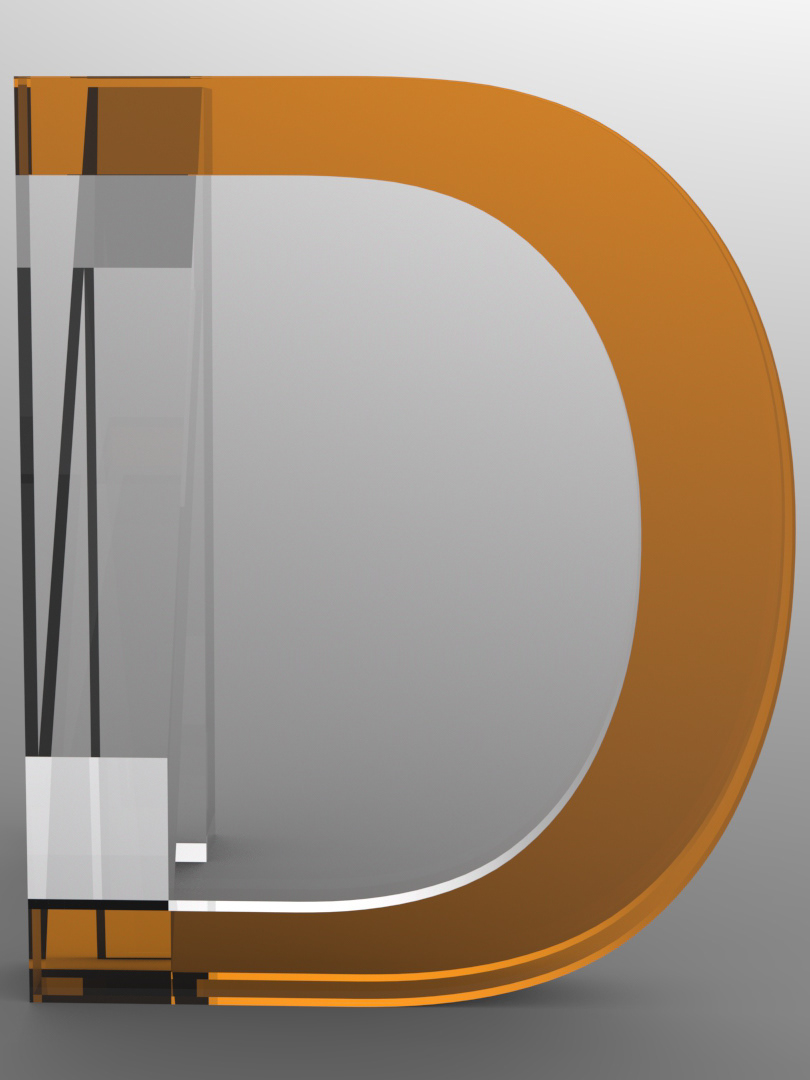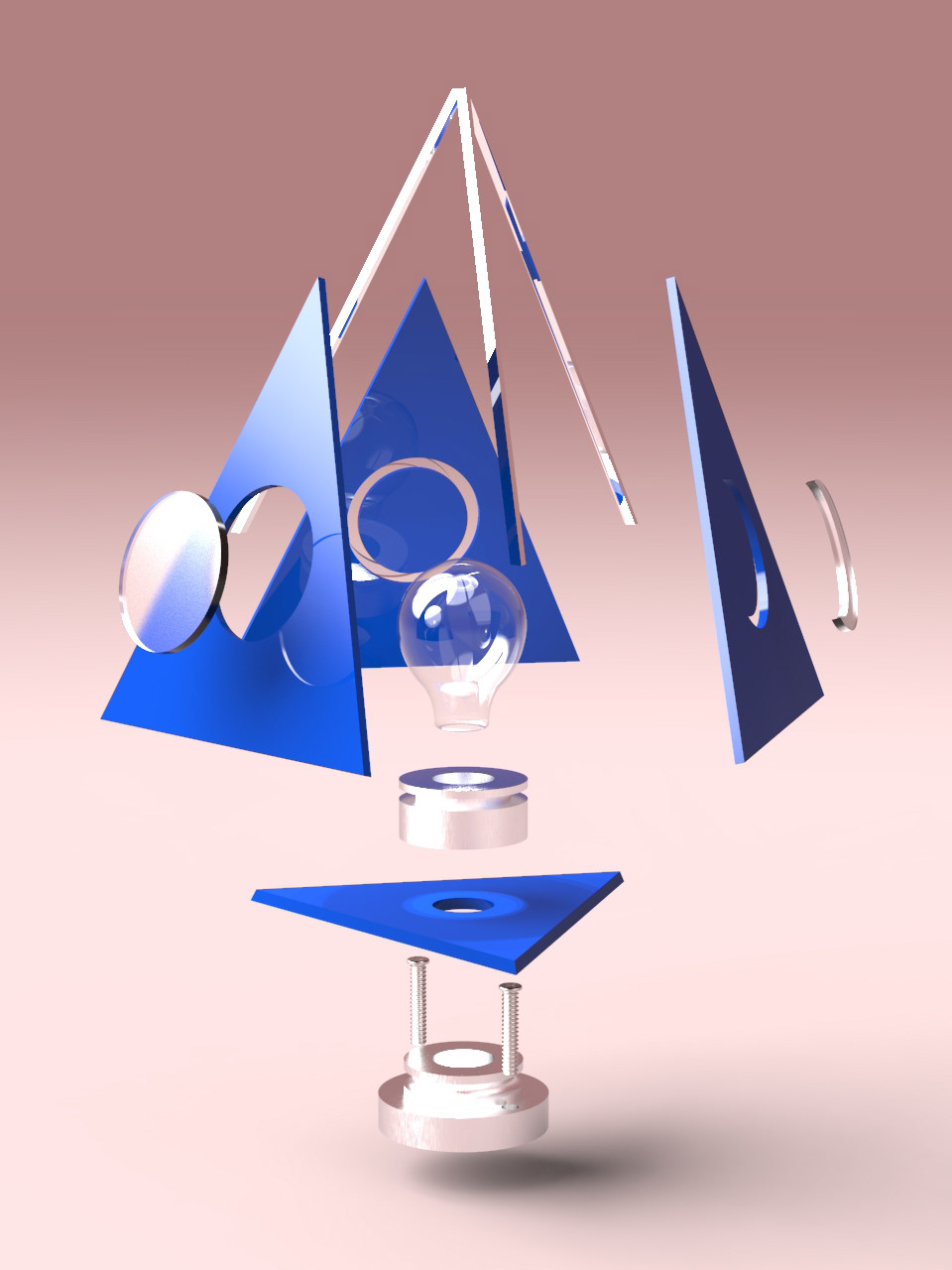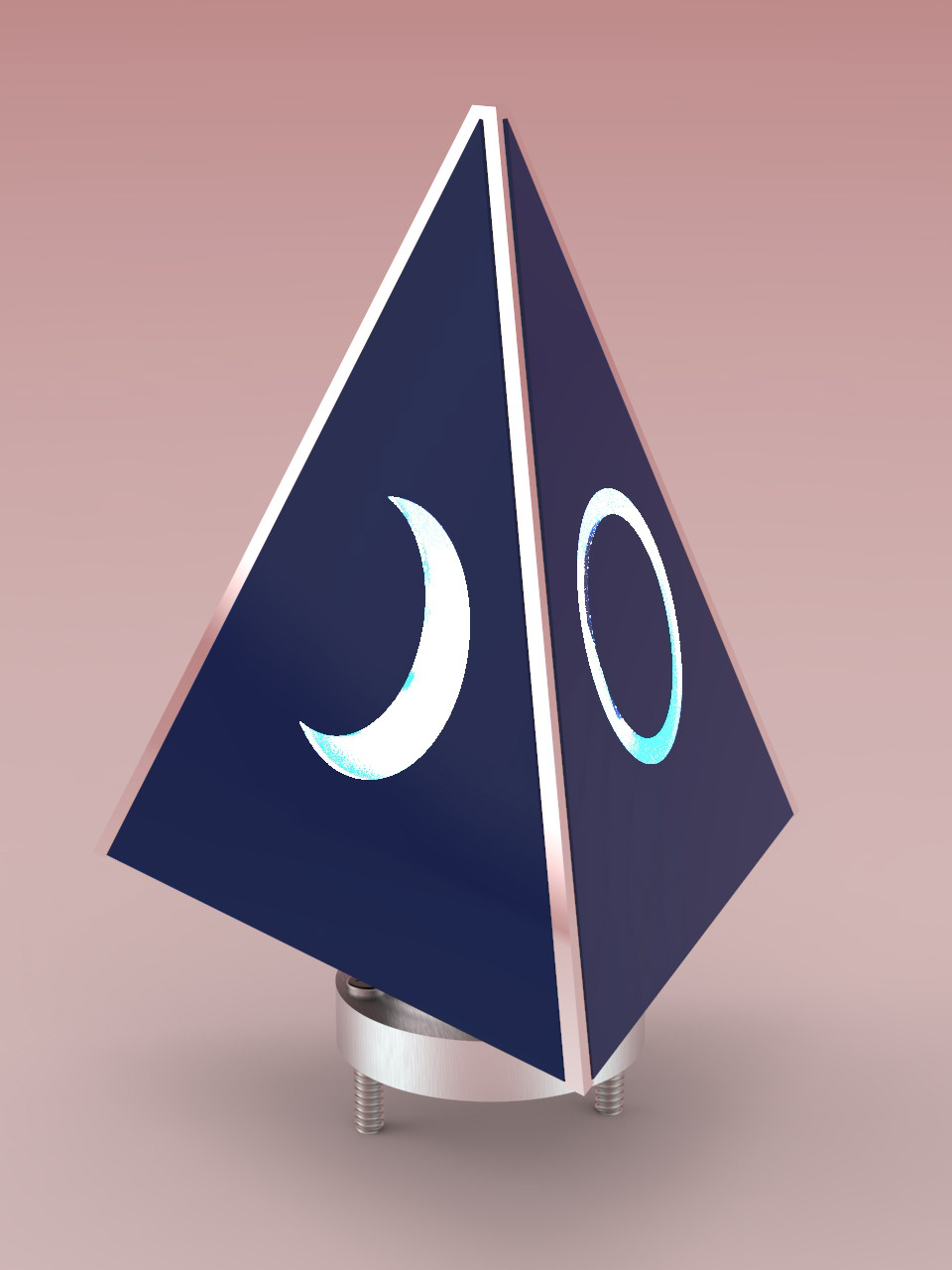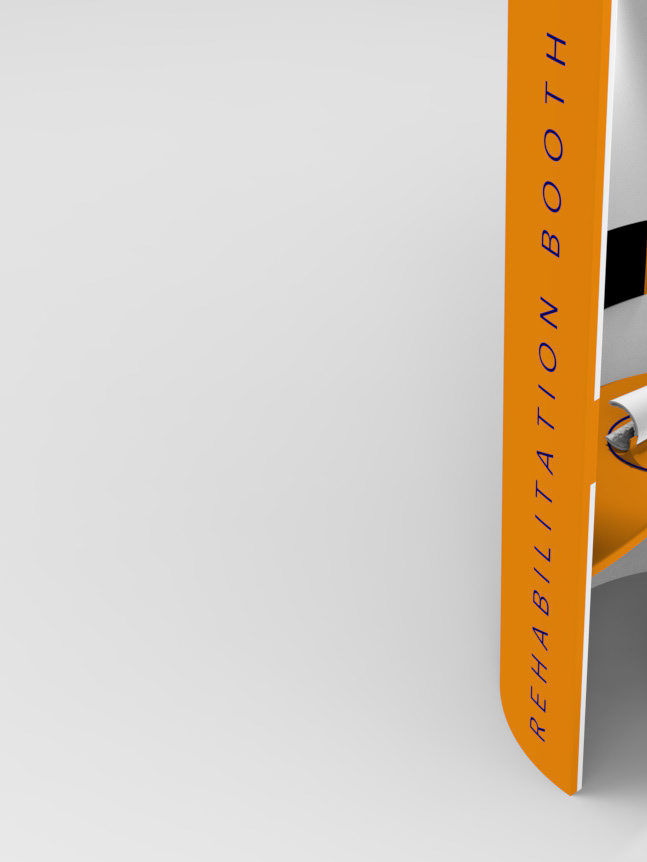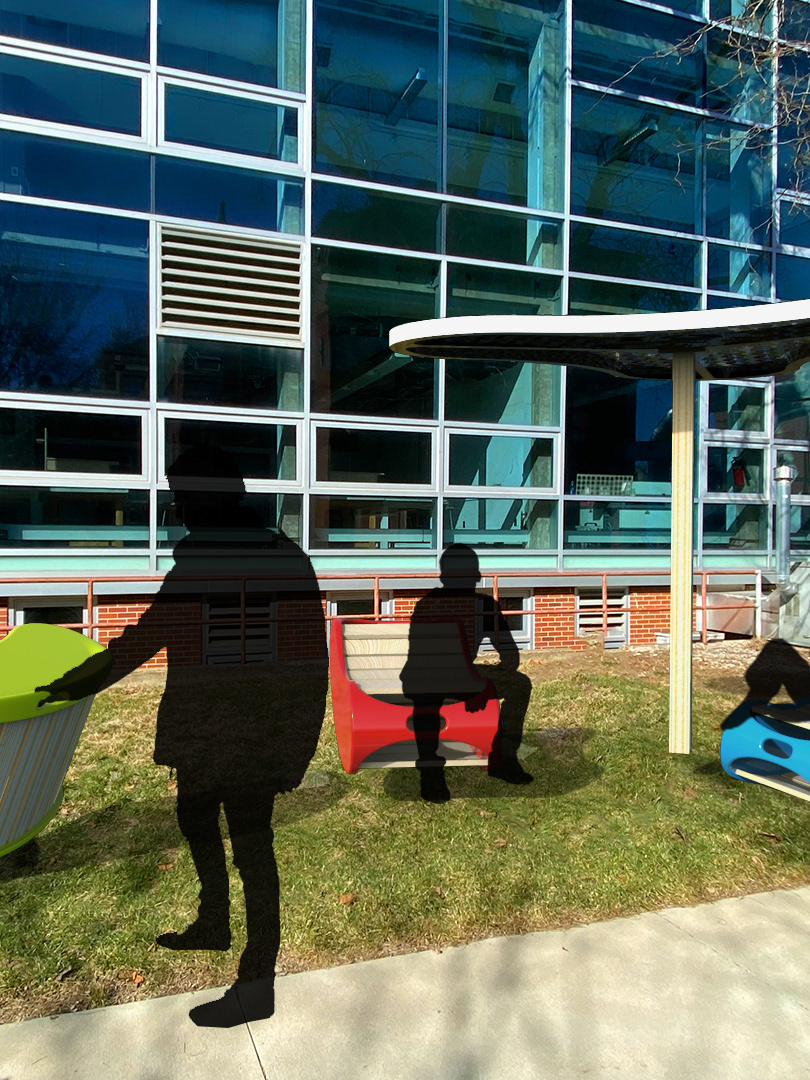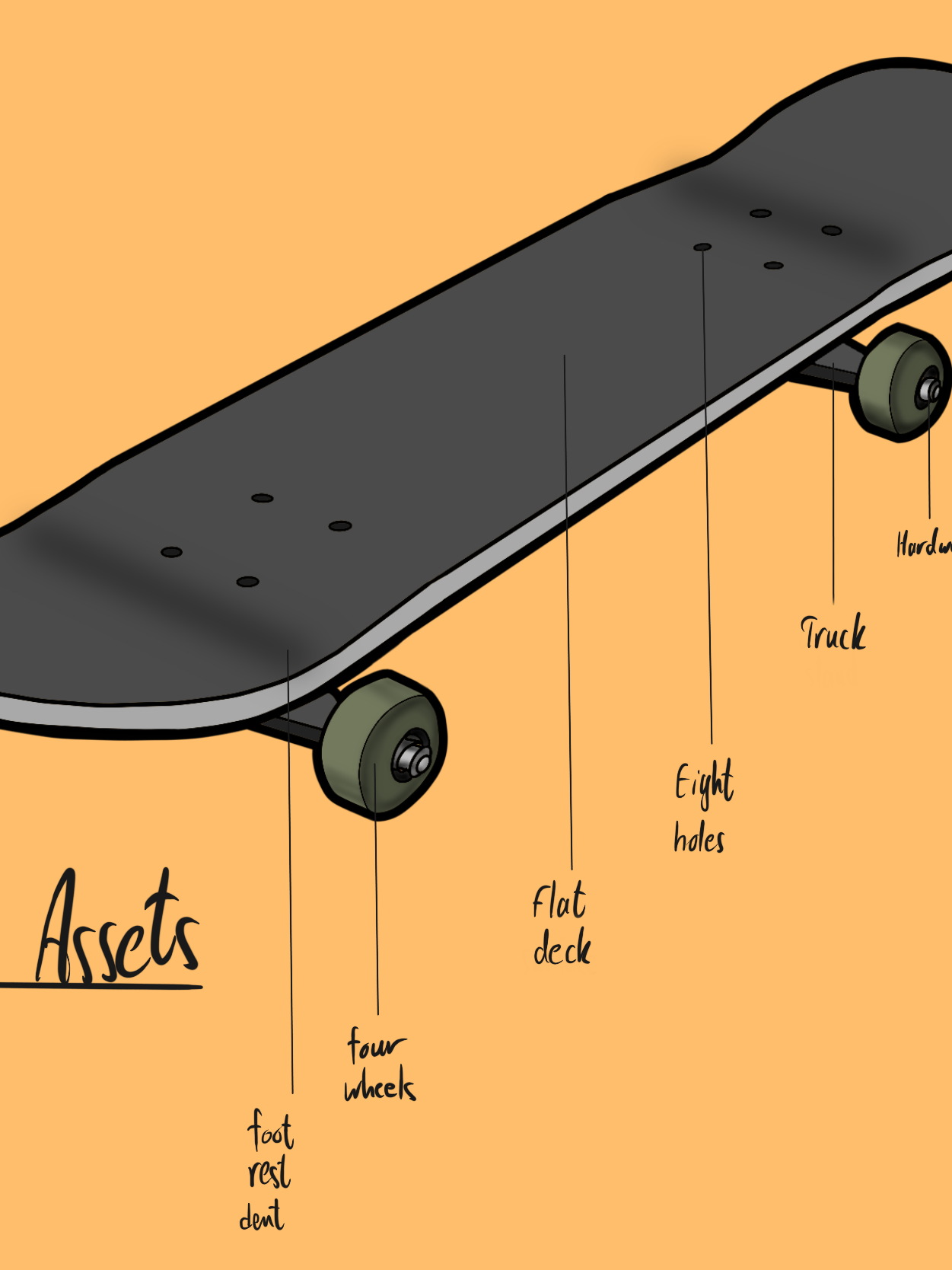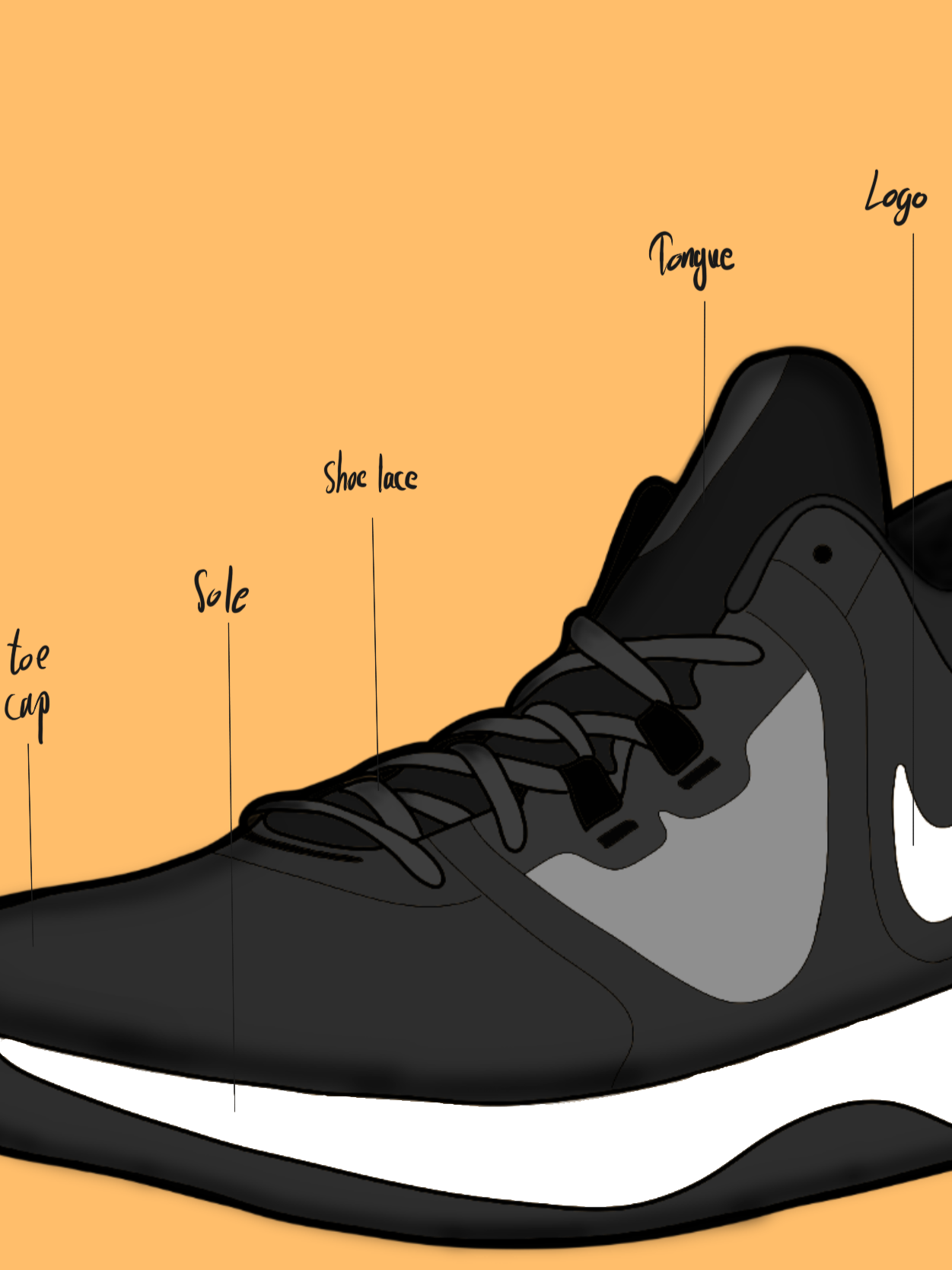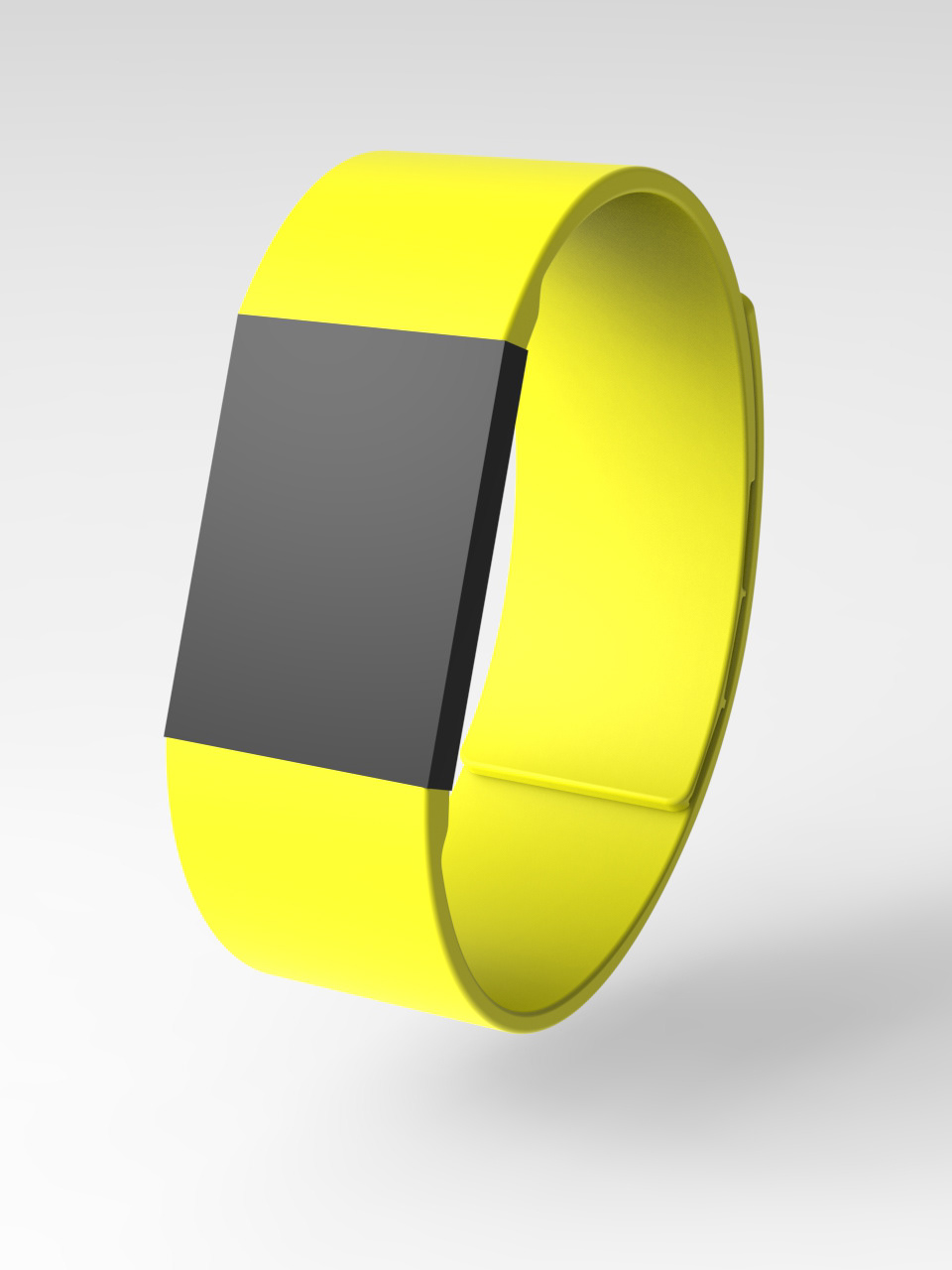Project Brief:
Students were challenged to design sustainable houseware items based on research from other students, and were asked to sell their designs in the 4th Annual Winter Market on OSU's campus.
Project Information:
Year: Junior Year - AU 2021
Class: Design 4101
Instructor: William Nickley
Duration: 16 Weeks
Partner: Summer Geissman
Improvise in your kitchen with Cork Round! It has two purpose-built surfaces: the first is moisture, mold, and
heat-resistant cork that can be used as a trivet for dinnerware; the other side is hardwood that can be used as a
non-slip cutting board or as a trivet for hot pots, pans, and baking dishes. Wood and cork materials are both recycled locally! Lovingly handcrafted by industrial design students.
heat-resistant cork that can be used as a trivet for dinnerware; the other side is hardwood that can be used as a
non-slip cutting board or as a trivet for hot pots, pans, and baking dishes. Wood and cork materials are both recycled locally! Lovingly handcrafted by industrial design students.
User Oriented Visualization
Cutting Board
Trivet
Care Instructions
1
Wash in sink with non-abrasive sponge
2
Dry off with a towel and let it air dry
NOT dishwasher safe
Design Process
We conducted ethnographic style design research and then traded our research with another team to continue the process. The research we received was observations of college students cooking for one.
The steps taken were to discuss and focus on a problem statement, observe college students cooking for themselves only, organize and synthesize data, and present a data and insights package. The package included timelines outlining interactions, a chart of highlighted actions and artifacts, 352 observed cooking steps, analysis and insights from observations, 11 detailed participant profiles, and over 500 photos.
This ethnographic style design research was recorded and organized by listing every item touched and describing the actions along with it, taking pictures of every interaction, marking when participants complained or seemed satisfied, and noting participants personal phenomenoens and individual cooking nuances.
The analysis scope included a focus on how tools are used, how people use their hands, how social the activity is, and what actions were performed that didn’t relate to cooking. This led to insights stating that tools were commonly improvised with, the hands were the most common tool used to improvise, people were still social while cooking for themselves, and people multitask during cooking steps.
The insight we based our research on
"Can we design tools that allow users to improvise?"
Early Sketches
Changes to the early concept:
Add thickness to provide a flat and stable surface
Add a wood piece for smoother cutting experience
Decided against putting food on cork for users' safety
3D Models
Technical Drawing
Production Process
Market Analysis
We found a gap in the current market offerings in the $50 - $100 price range for trivets and cutting boards that had intrinsic value and deep, personal (hadal) connections to the user.
Winter Market Event
All the 10 products were sold at the winter market with a total of $460 ($60 each) with discount for posting the product on social media and adding a recipe to the website
Video made by Hayley Gregor.
